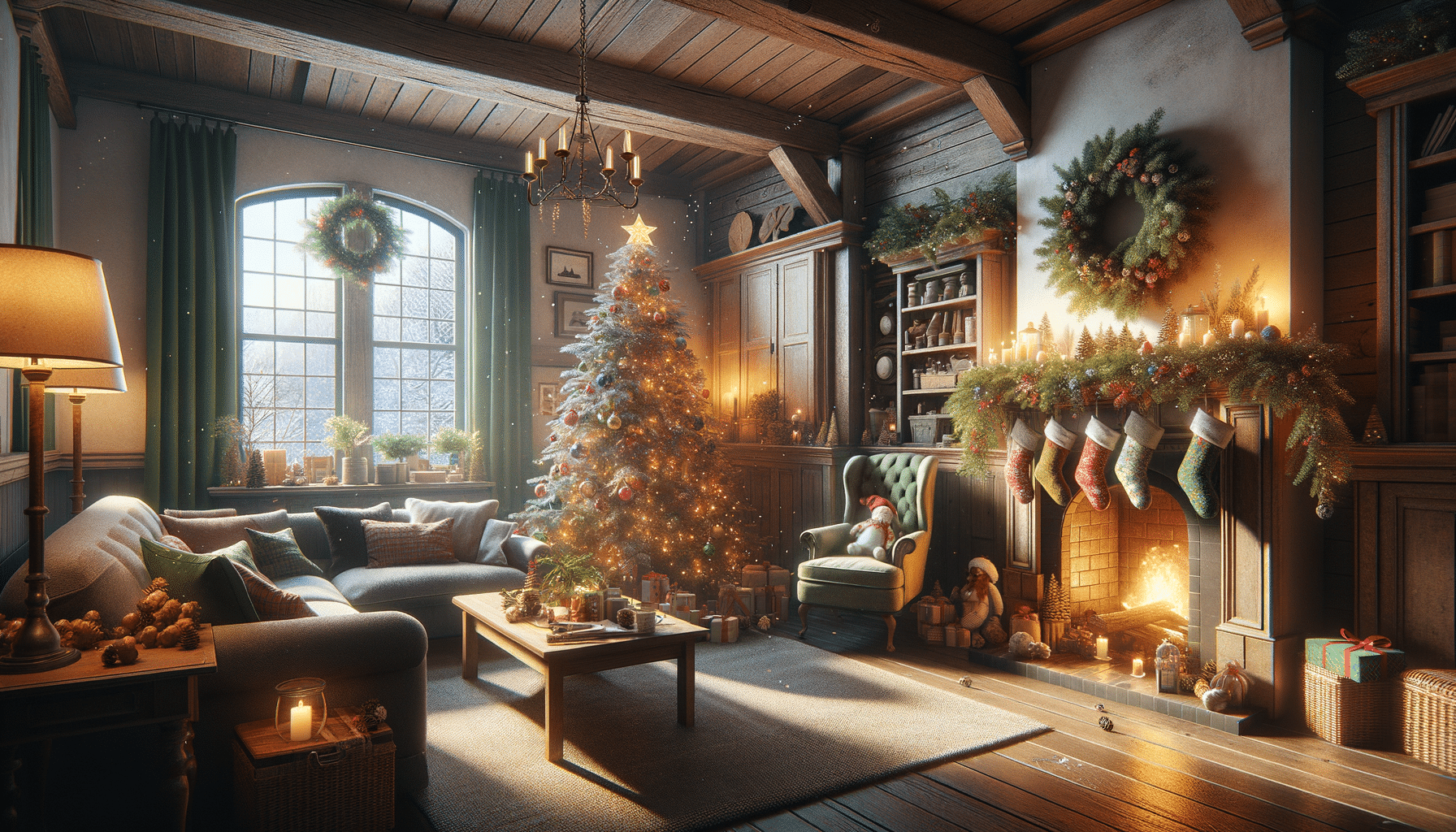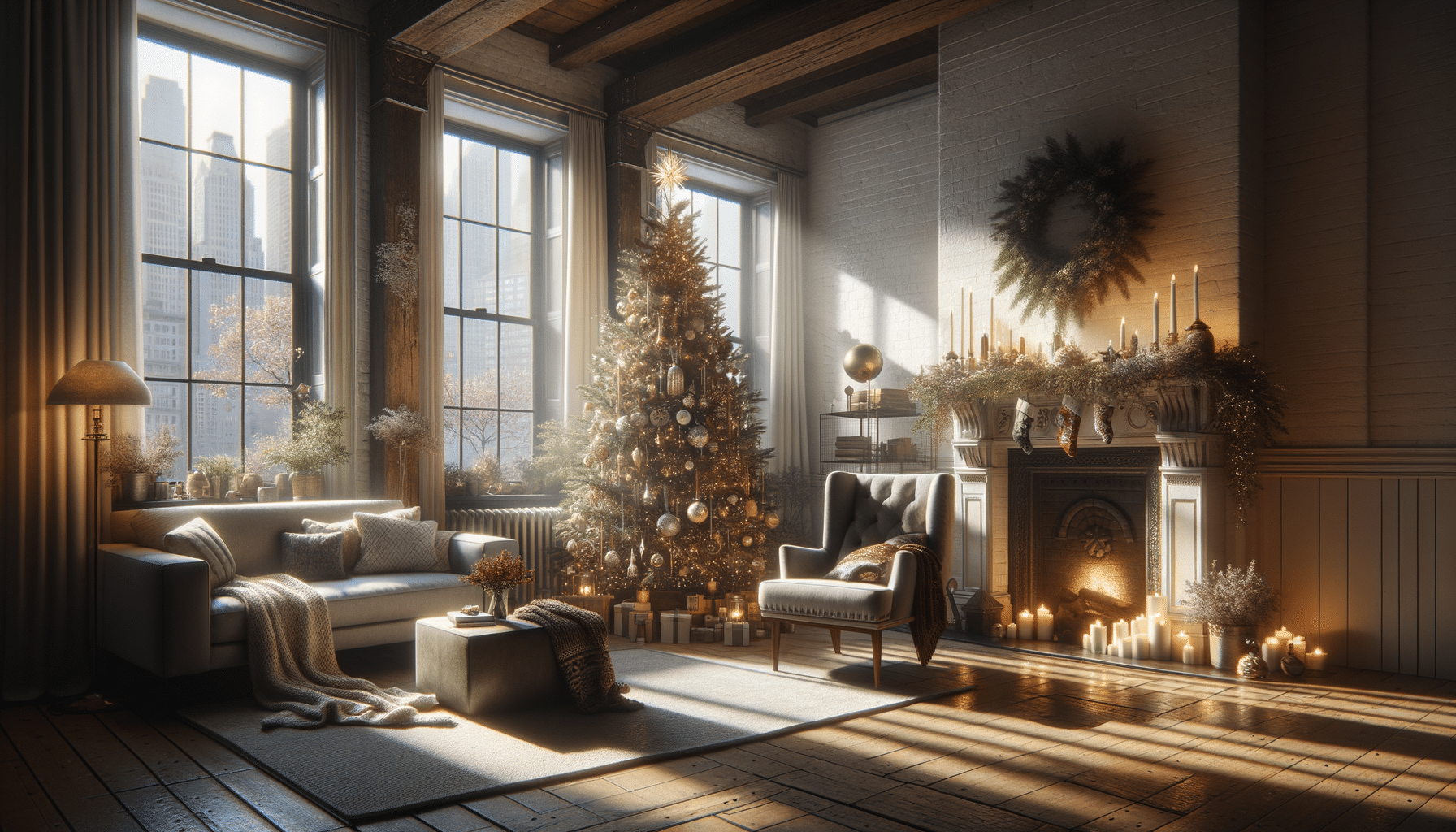
Explore the benefits of Prefabricated Cabins in this comprehensive guide.
Introduction to Prefabricated Cabins
Prefabricated cabins have emerged as a versatile and efficient alternative to traditional construction methods. They offer a unique blend of affordability, sustainability, and convenience, making them an attractive option for various applications, from vacation homes to emergency housing. In this guide, we explore the multifaceted benefits of prefabricated cabins, delving into their design flexibility, environmental impact, and economic advantages.
Design Flexibility and Customization
One of the most appealing aspects of prefabricated cabins is their design flexibility. These structures are available in a variety of styles and sizes, allowing for significant customization to meet individual needs and preferences. Unlike traditional construction, where alterations can be costly and time-consuming, prefabricated cabins offer a modular approach. This means components can be easily added or modified according to the owner’s vision.
Customization options include:
- Choice of materials: From wood to steel, prefabricated cabins can be built using a range of materials to match aesthetic and functional requirements.
- Interior layouts: Homeowners can select from various floor plans, optimizing space based on usage, be it for residential, recreational, or commercial purposes.
- Exterior finishes: Options for siding, roofing, and color schemes provide a tailored exterior appearance.
This level of customization ensures that prefabricated cabins are not only practical but also reflect the personal style of their inhabitants.
Environmental Impact and Sustainability
Prefabricated cabins are increasingly recognized for their environmental benefits. The construction process is typically more controlled and efficient than traditional building methods, resulting in less waste and a smaller carbon footprint. Manufacturing components in a factory setting allows for precise material usage and energy-efficient practices that are difficult to achieve on a traditional construction site.
Moreover, many prefabricated cabins are designed with sustainability in mind. They often incorporate:
- Energy-efficient insulation and windows to reduce heating and cooling needs.
- Renewable energy systems, such as solar panels, to minimize reliance on fossil fuels.
- Eco-friendly materials, such as recycled steel or sustainably sourced timber, to lessen environmental impact.
These features not only benefit the environment but also lead to long-term cost savings for owners, making prefabricated cabins a responsible and economical choice.
Economic Advantages of Prefabricated Cabins
The economic benefits of prefabricated cabins are significant, often making them a more accessible option than traditional homes. The streamlined manufacturing process reduces labor costs and construction time, leading to overall savings. Additionally, prefabricated cabins can be constructed in a fraction of the time it takes to build a conventional home, allowing for quicker occupancy and potential rental income.
Key economic advantages include:
- Lower initial costs: The efficient production process and reduced material waste lower the upfront investment.
- Reduced maintenance: Durable materials and modern construction techniques result in less frequent repairs and upkeep.
- Increased property value: High-quality, energy-efficient cabins can enhance the value of the property they are placed on, offering a good return on investment.
For individuals looking to maximize their housing budget, prefabricated cabins present a financially viable solution with long-term benefits.
Conclusion: The Future of Prefabricated Cabins
As we look to the future, prefabricated cabins are poised to play a pivotal role in addressing housing challenges. Their adaptability, eco-friendliness, and cost-effectiveness make them suitable for a wide range of uses, from affordable housing solutions to luxury retreats. By embracing this innovative approach to construction, we can meet the growing demand for efficient and sustainable living spaces.
For those considering new housing options, prefabricated cabins offer a compelling blend of modern design, environmental responsibility, and economic sense. As technology and design continue to evolve, these cabins will likely become an increasingly common sight, reflecting a shift towards more sustainable and adaptable living solutions.


